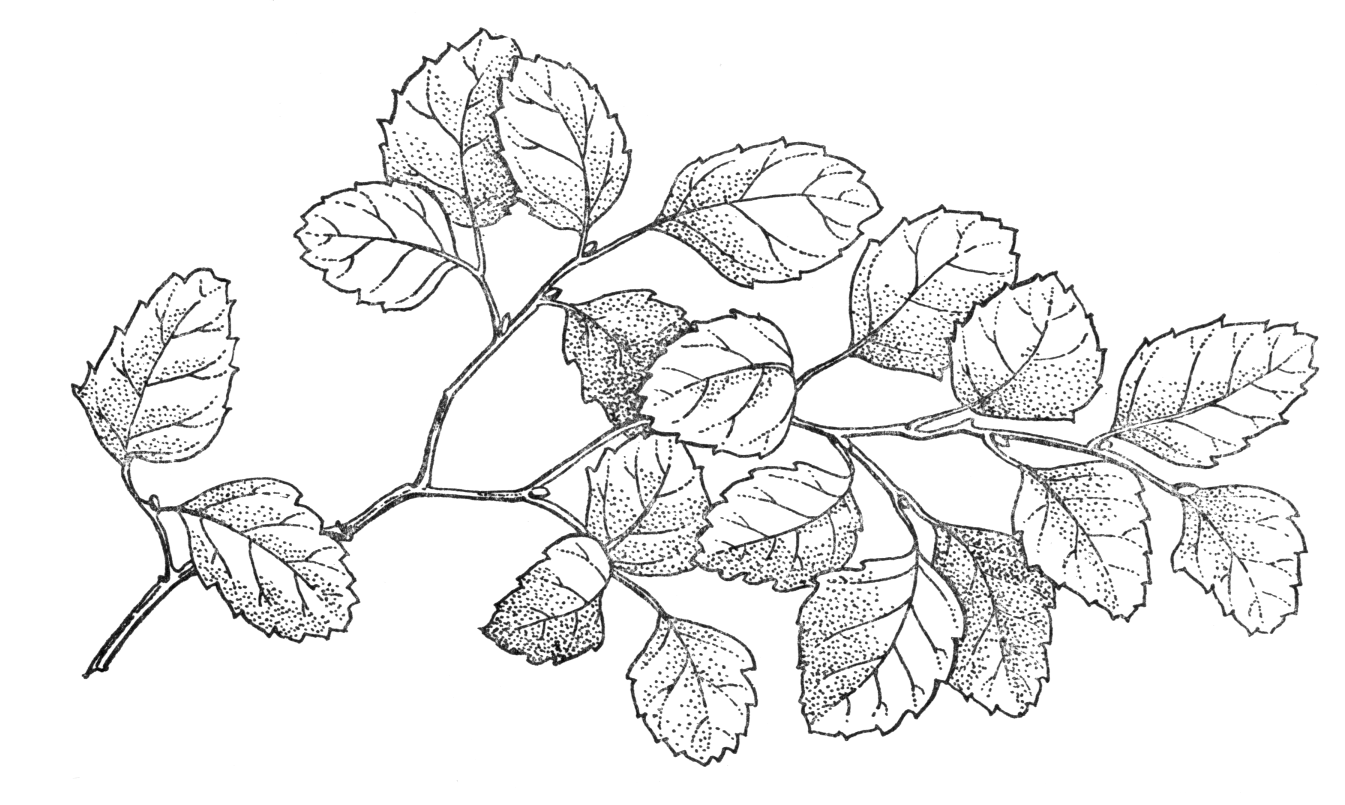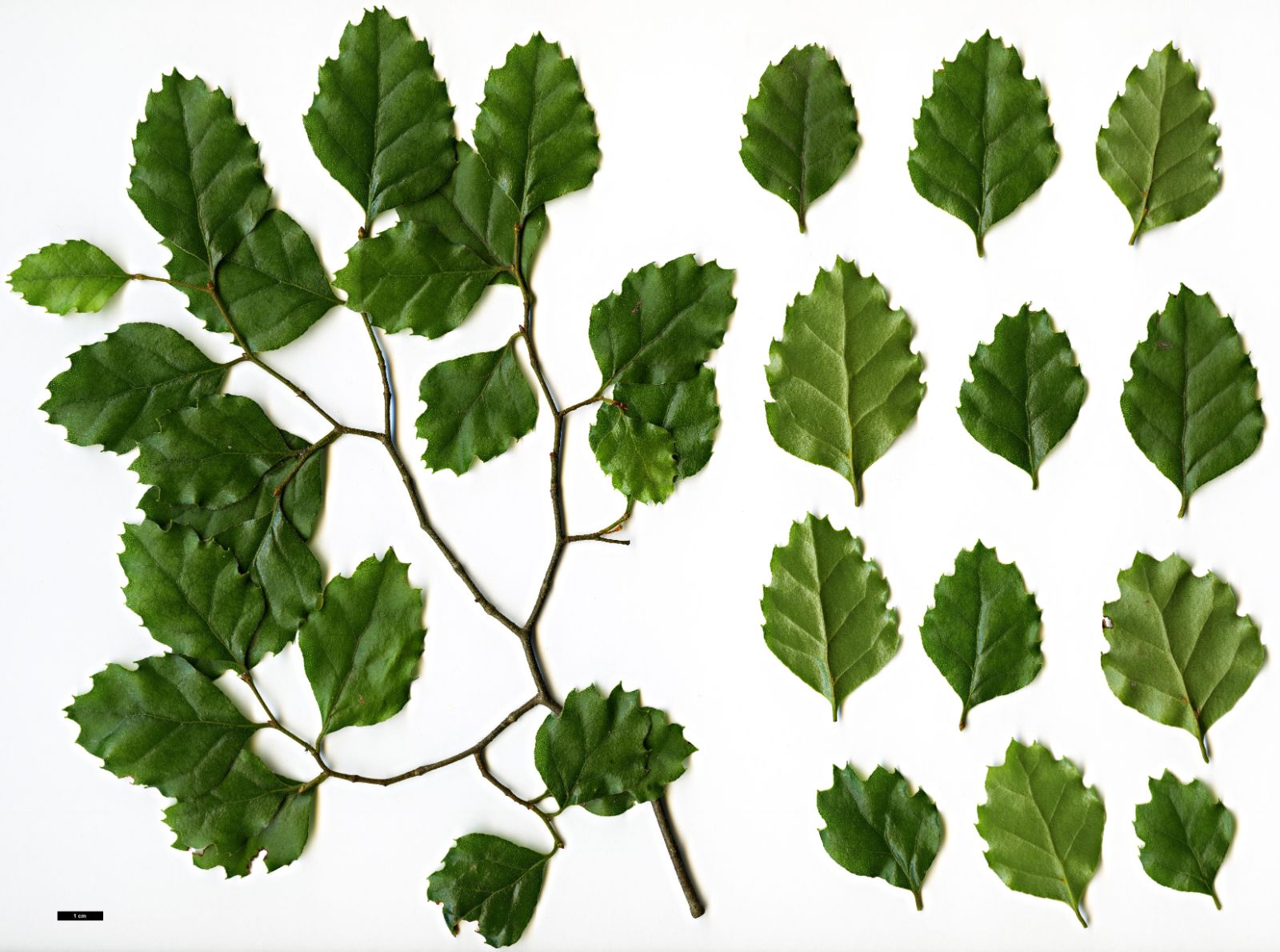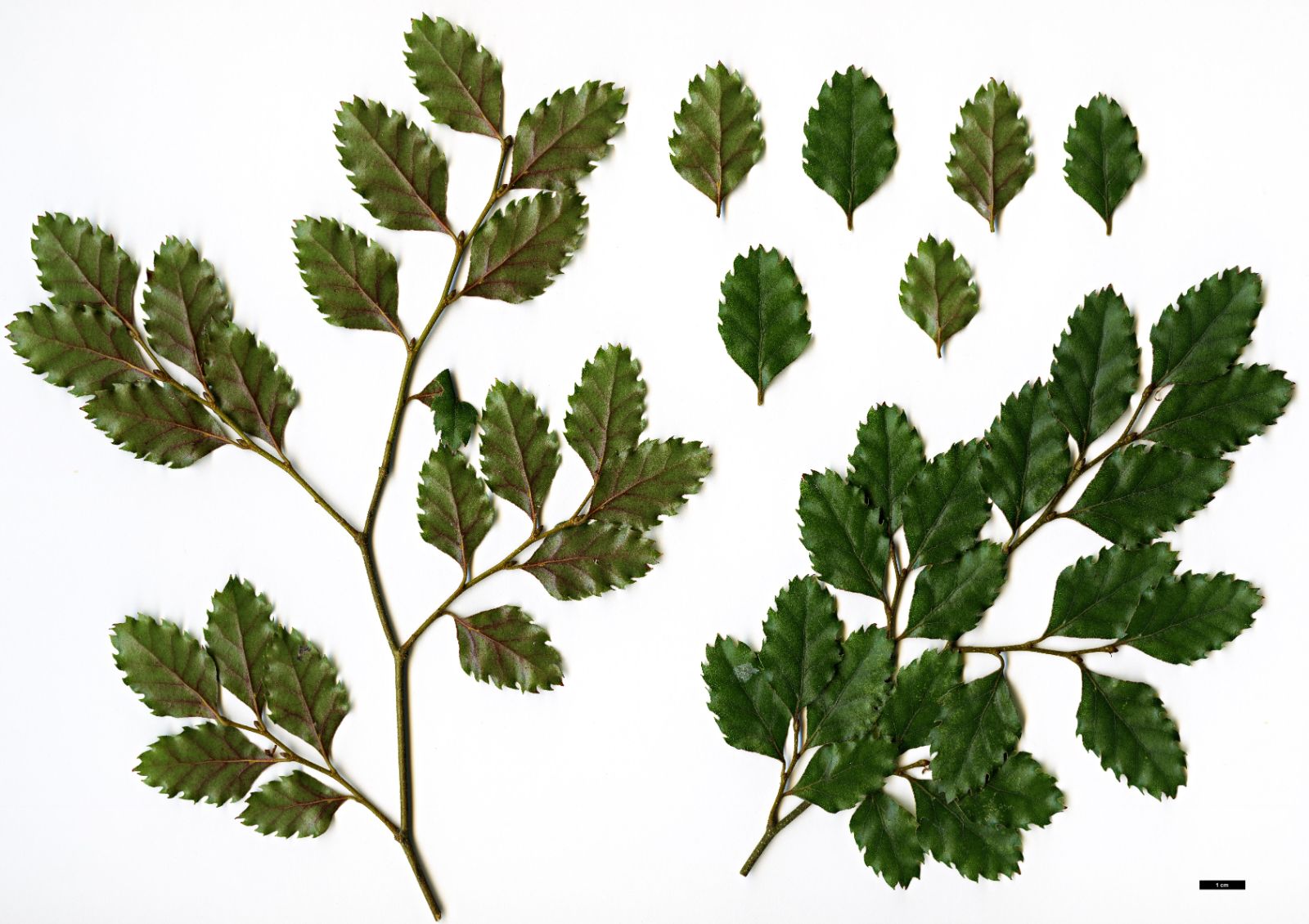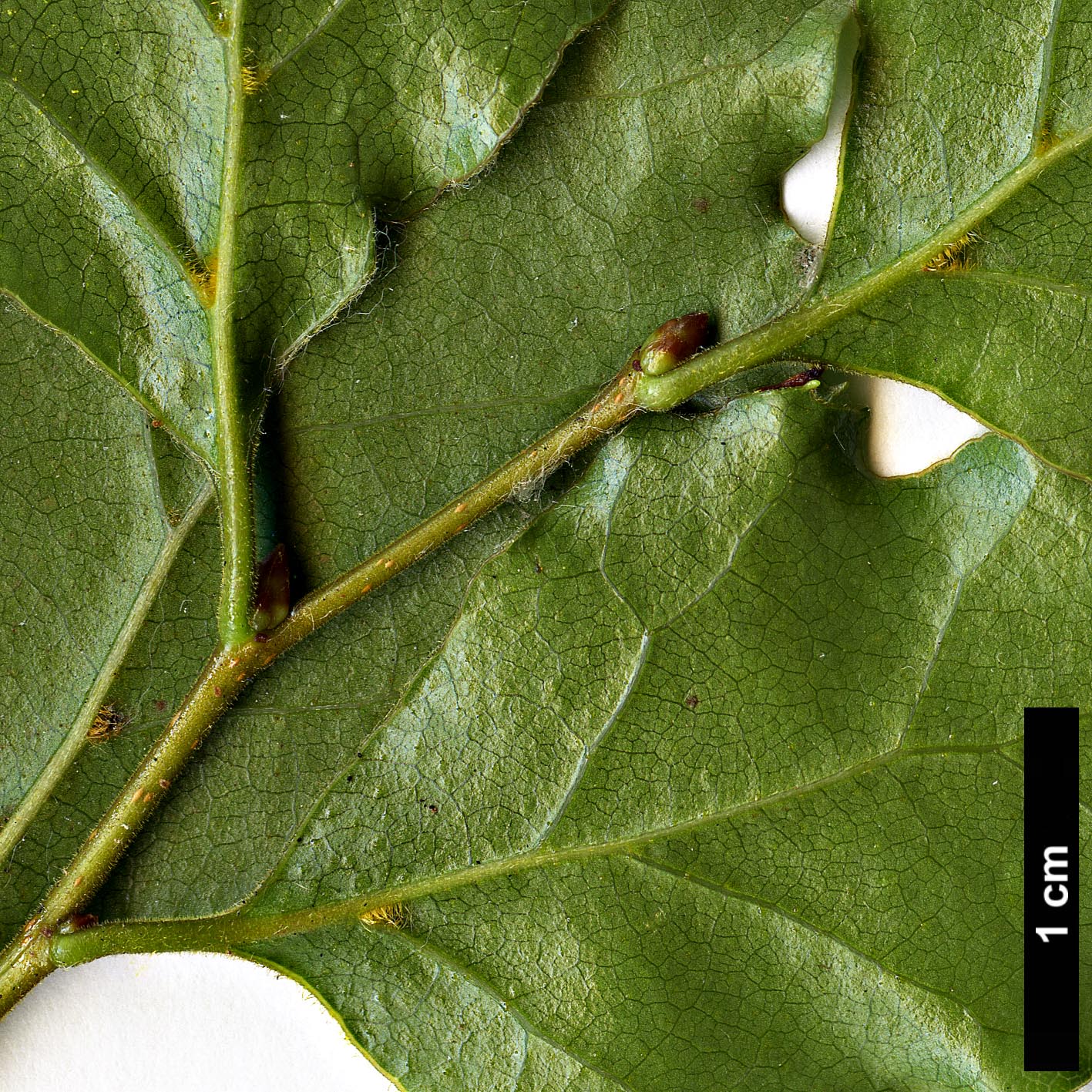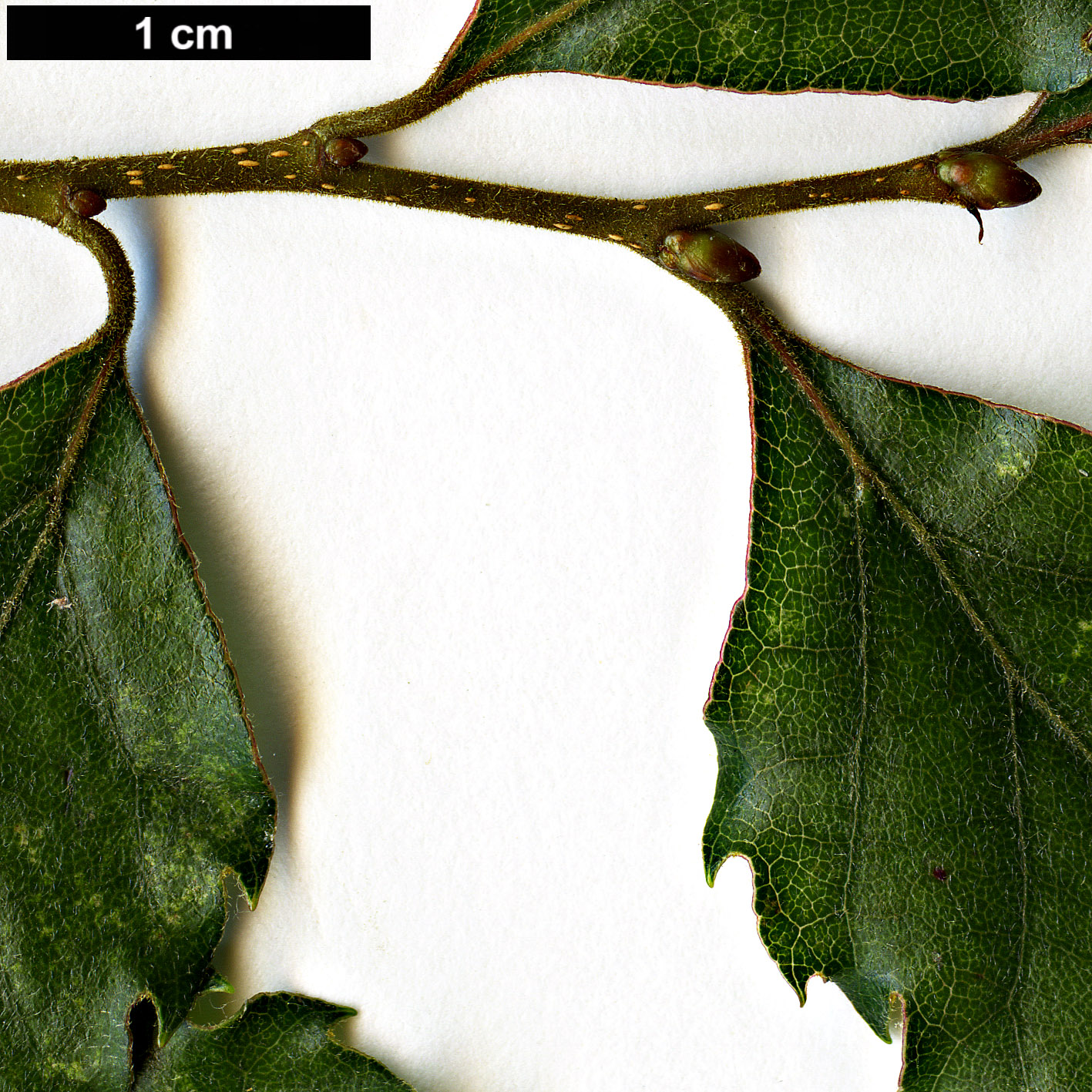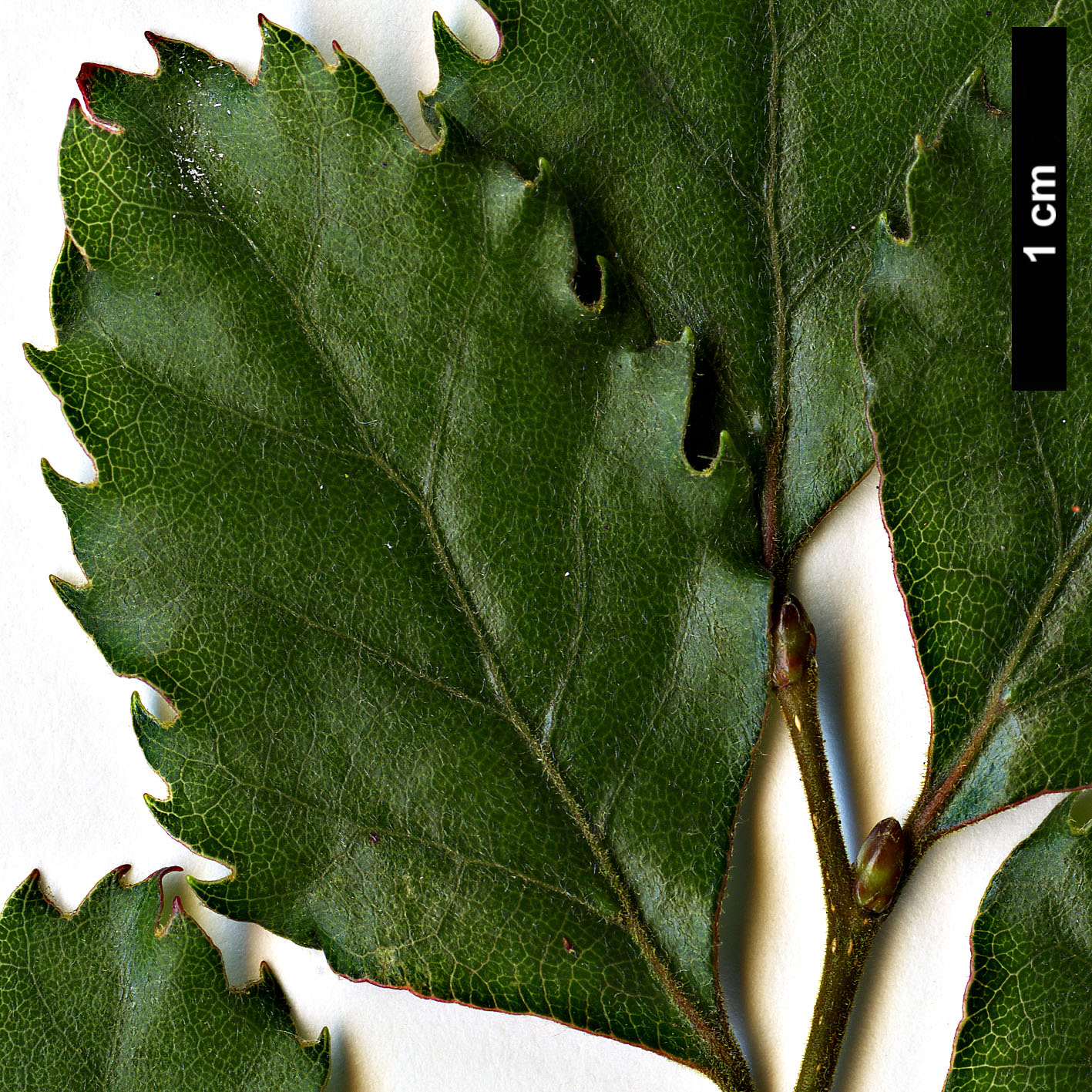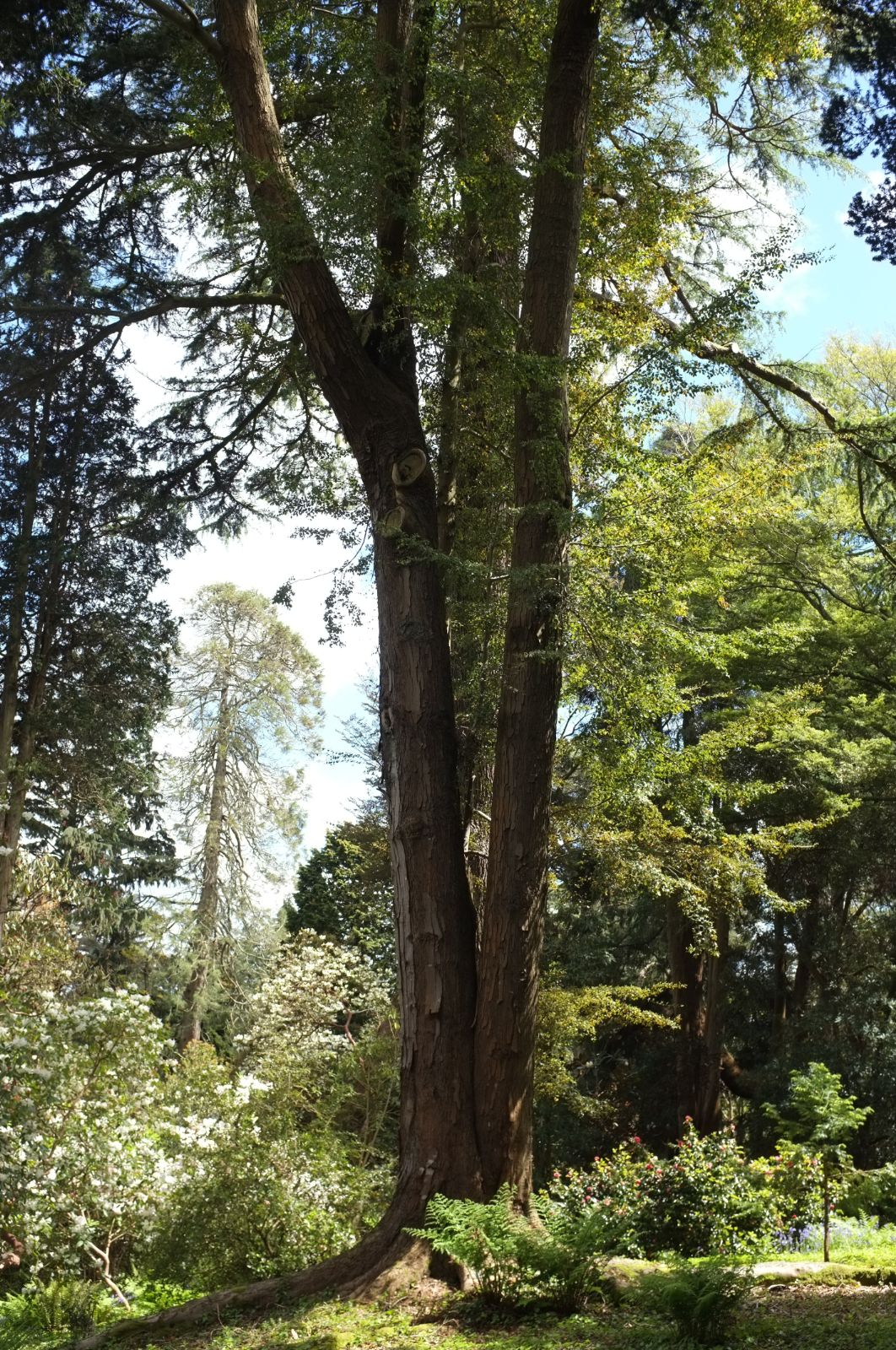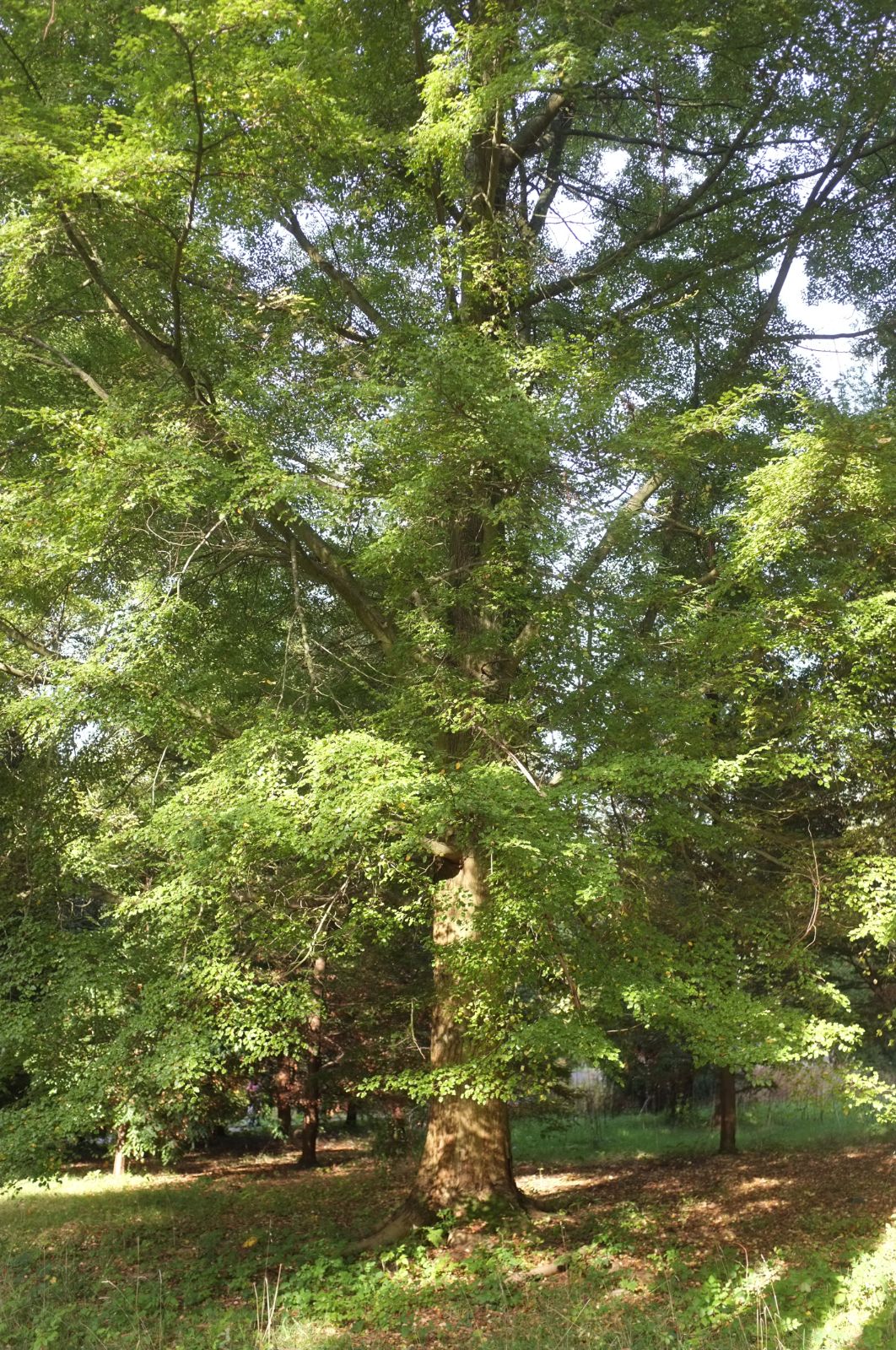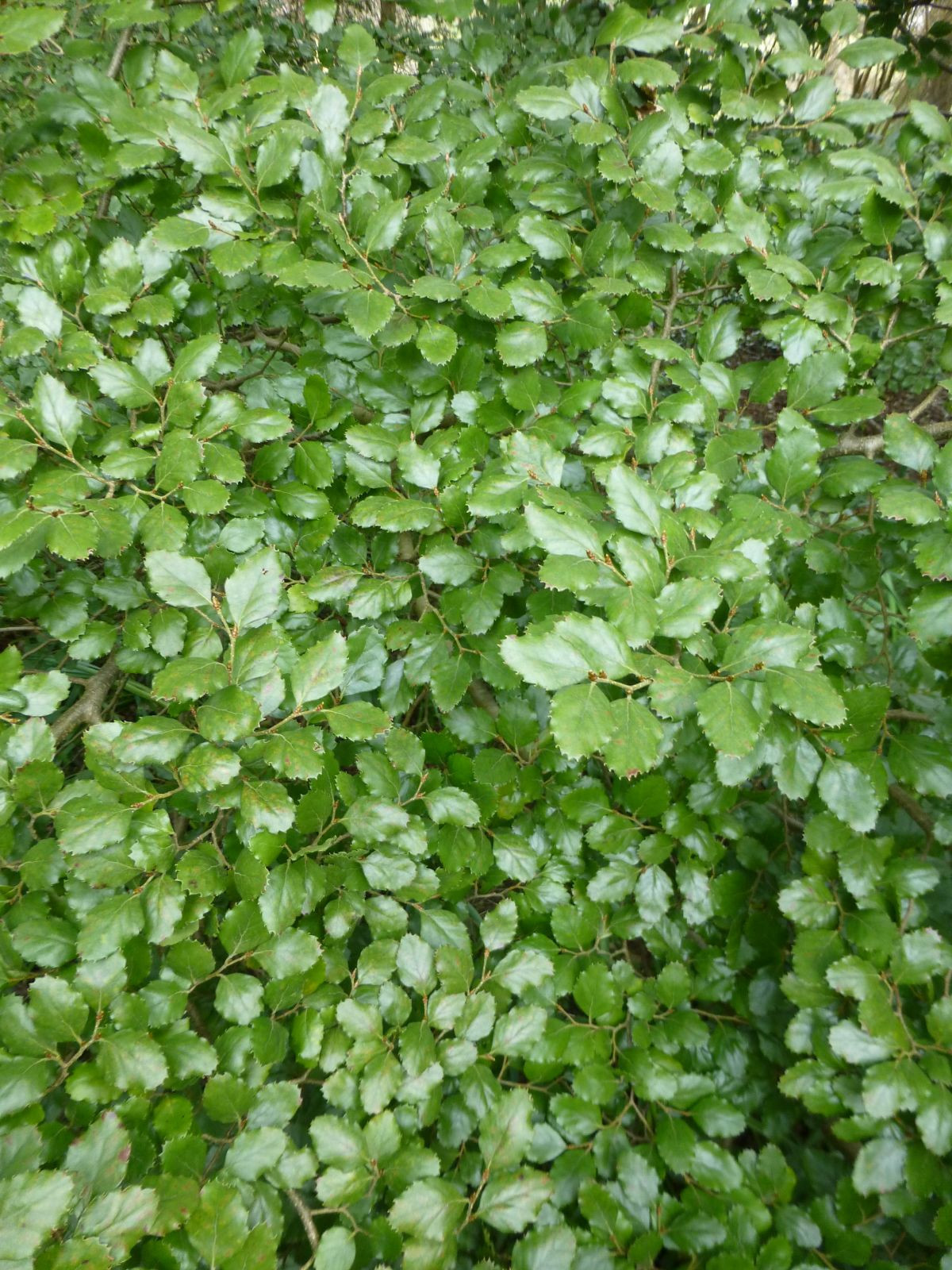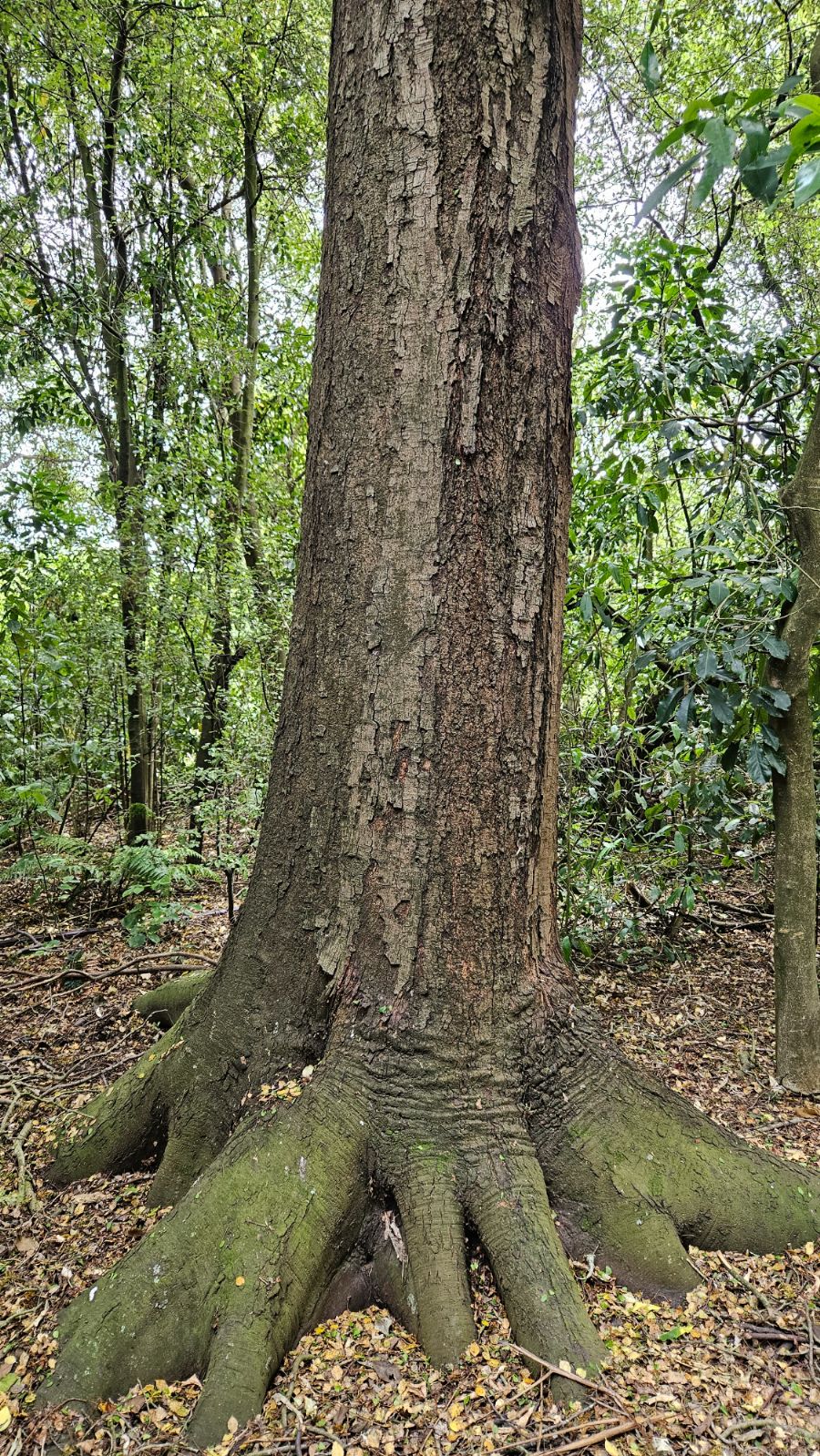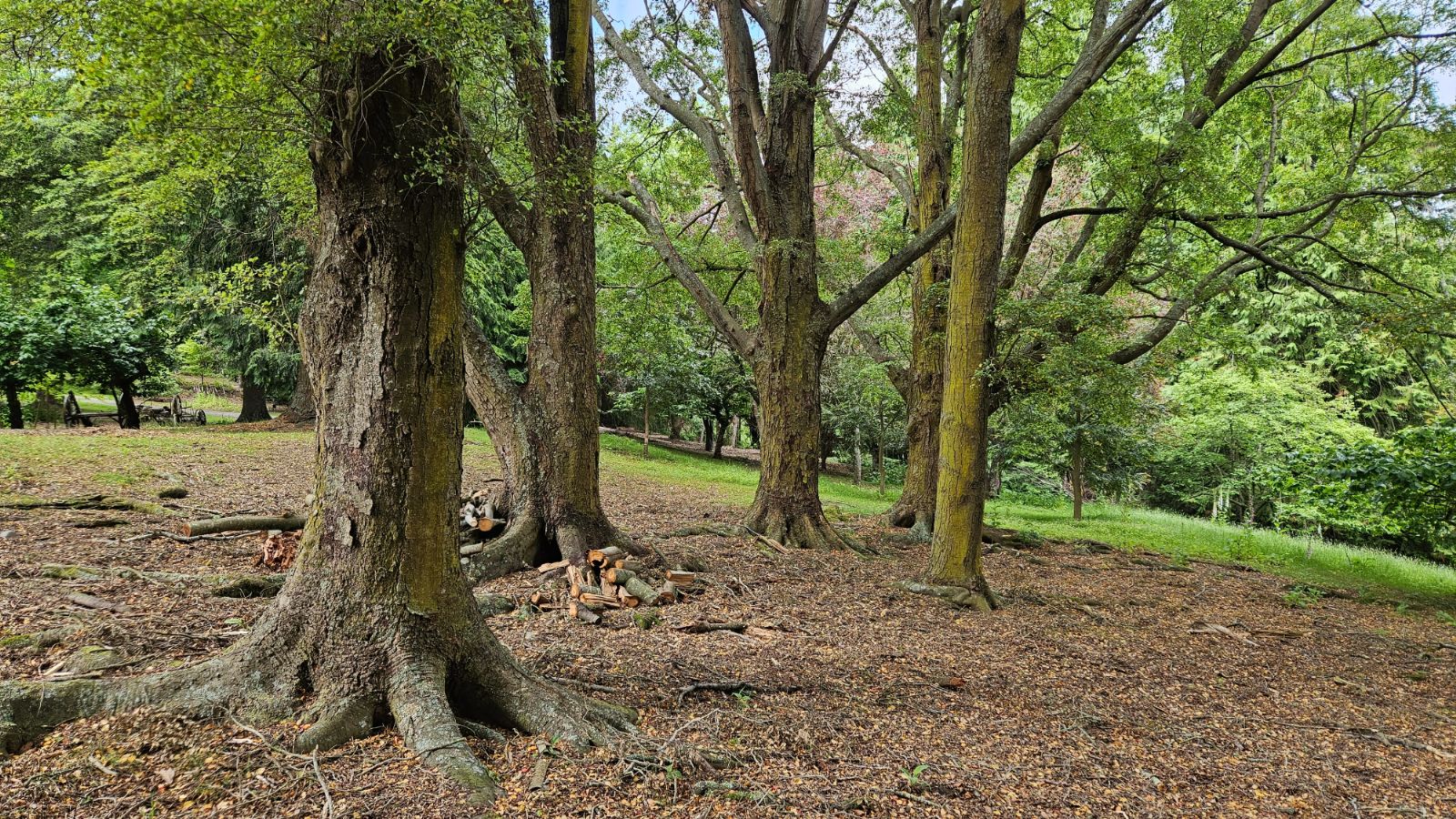Nothofagus fusca
Sponsor
Kindly sponsored by
Col. Giles Crisp
Credits
Owen Johnson (2020)
Recommended citation
'Nothofagus fusca' from the website Trees and Shrubs Online (treesandshrubsonline.
Genus
Common Names
- Red Beech
- Towhai Raunui
Synonyms
- Fagus fusca Hook. f.
- Fuscospora fusca (Hook. f.) Heenan & Smissen
Other taxa in genus
- Nothofagus alessandrii
- Nothofagus alpina
- Nothofagus antarctica
- Nothofagus betuloides
- Nothofagus × blairii
- Nothofagus cliffortioides
- Nothofagus cunninghamii
- Nothofagus × dodecaphleps
- Nothofagus dombeyi
- Nothofagus glauca
- Nothofagus gunnii
- Nothofagus × leonii
- Nothofagus macrocarpa
- Nothofagus menziesii
- Nothofagus menziesii × obliqua
- Nothofagus moorei
- Nothofagus nitida
- Nothofagus obliqua
- Nothofagus pumilio
- Nothofagus solandri
- Nothofagus truncata
A tree to 40 m tall, with a bole to 3 m across; trunk often straight. Bark reddish grey, smooth at first but quite quickly developing vertical ridges and fissures. Shoots slender (c. 1 mm thick), red-brown, zig-zagging, minutely downy. Buds conic, reddish, c. 4 mm long. Leaves more or less evergreen (mostly falling after c. 12 months), rather pale green, not plane, broadly ovate to roundish or rather triangular, broadly cuneate at the base, 20–40 mm × 15–20 mm, glabrous except for ciliate margins and 1–2 tiny hairy pits (domatia) under the basal vein-axils; veins in 3–4 distinct pairs, each tipped with a large, sharply triangular, incurved tooth, with a smaller but sharp tooth usually between each vein-tip. Leaves flush pinkish and turn rich red before falling. Petiole downy, 4 mm long. Male flowers sessile; female flowers with the stigma tongue-shaped and grooved on top. Cupule 12 mm long, 4-lobed, with entire lamellae, containing 3 winged nutlets c. 7 mm long. (Nothofagus 2007–2008; Bean 1976; Poole 1949).
Distribution New Zealand Across the South Island and in the North Island as far north as Te Aroha.
Habitat Mountain forests to 1050 m, and to sea-level in the south; avoiding the wettest coldest areas and preferring the rich, free-draining soils of valley floors, and forming large pure stands in these habitats.
USDA Hardiness Zone 7-8
RHS Hardiness Rating H5
Conservation status Least concern (LC)
In its native forests Nothofagus fusca dominates on the richest soils and becomes one of the tallest of New Zealand’s broadleaved trees, reaching up to 40 m tall. In cultivation in the UK and Ireland it grows fast, with a straight trunk and a handsome rather columnar habit when young. The tallest, at Tregrehan in Cornwall, had reached 30.5 m in height by 2014, the first New Zealand tree to have achieved this height in Britain (Tree Register 2020), but like a few of the biggest it is much-forked, suggesting frost-damage (or browsing damage) when young.
It is a distinctive and attractive member of the genus, with neat rather triangular little leaves. These are a fresher green than most evergreens’ and drop after one season rather than two; near the end of a cold winter cultivated trees can be almost leafless. Individual jewel-red senescent leaves can also be found among the fresh foliage throughout the year.
N. fusca was probably first introduced to Veitch’s Coombe Wood nursery in Surrey in the 1870s; the specimen here was estimated to be 30 years old when recorded by Elwes and Henry in 1906 (Elwes & Henry 1906–1913), though, in the harsh winters of this period, it had only managed to grow 3 m tall, and has long gone. A seedling was brought from New Zealand to the milder climate of Castlewellan in Northern Ireland in a Wardian case in the 1890s (Elwes & Henry 1906–1913) and by 2015 had become a gigantic specimen, 25 m tall and with a trunk 1.5 m across at 1.2 m (Tree Register 2020).
The Red Beech’s success across Britain probably reflects its greater tolerance as a lowland species for warm, dry summers more than its absolute hardiness. One of the best trees, 28 m tall in 2017, grows in Marhill Copse on the outskirts of Southampton, where it was planted by the Montagu family of Townhill Park; it is now threatened by plans to clear the flight path into Southampton Airport (Tree Register 2020). Another fine specimen, planted in the early 20th century at Goodnestone Park in Kent and with a short trunk 80 cm thick in 1999, shows the species’ ability to luxuriate for many decades in the warmest and driest parts of England (Tree Register 2020). Trees at Inverewe in the north-west Scottish Highlands and at Glendoick in Perthshire (14 m tall in 2007) indicate that the Red Beech can tolerate cooler conditions, but may actually prefer plenty of warmth through the growing season (Tree Register 2020). A big tree at Mount Usher, 26 m × 1.14 m dbh in 2014 (Tree Register 2020) shows its ability to thrive in at least slightly alkaline soils.
In addition to producing a fine timber, Nothofagus fusca was also the orginal source for the compound nothofagin, whose anti-oxidant and anti-inflammatory effects are now widely celebrated due to its presence in Rooibos tea (Wikipedia 2020).
As is the case with so many Nothofagus species, the Red Beech, seen so frequently in the form of beautiful and happy specimens around the UK and Ireland, seems hardly known in gardens across the rest of the temperate world. It was first recommended for planting in 2005 in the Washington Park Arboretum, Washington State, USA (Portico Group 2005), although N. cliffortioides and N. menziesii were used instead in 2012 to form the New Zealand forest area here; it is one of just four Nothofagus species known to grow in Oregon, where it has made a small tree at Oregon State University’s College of Agricultural Sciences at Corvallis (Oregon State University 2020). It is offered for sale in Australia by Yamina Rare Plants (Teese 2020); a few small trees have been recorded in gardens in Victoria (National Trusts of Australia 2020). It is grown in the Tasmanian Arboretum at Eugenana, where it crossed with the Chilean N. alessandrii giving rise to the new hybrid N. × eugenanana (Gillanders 2008).

